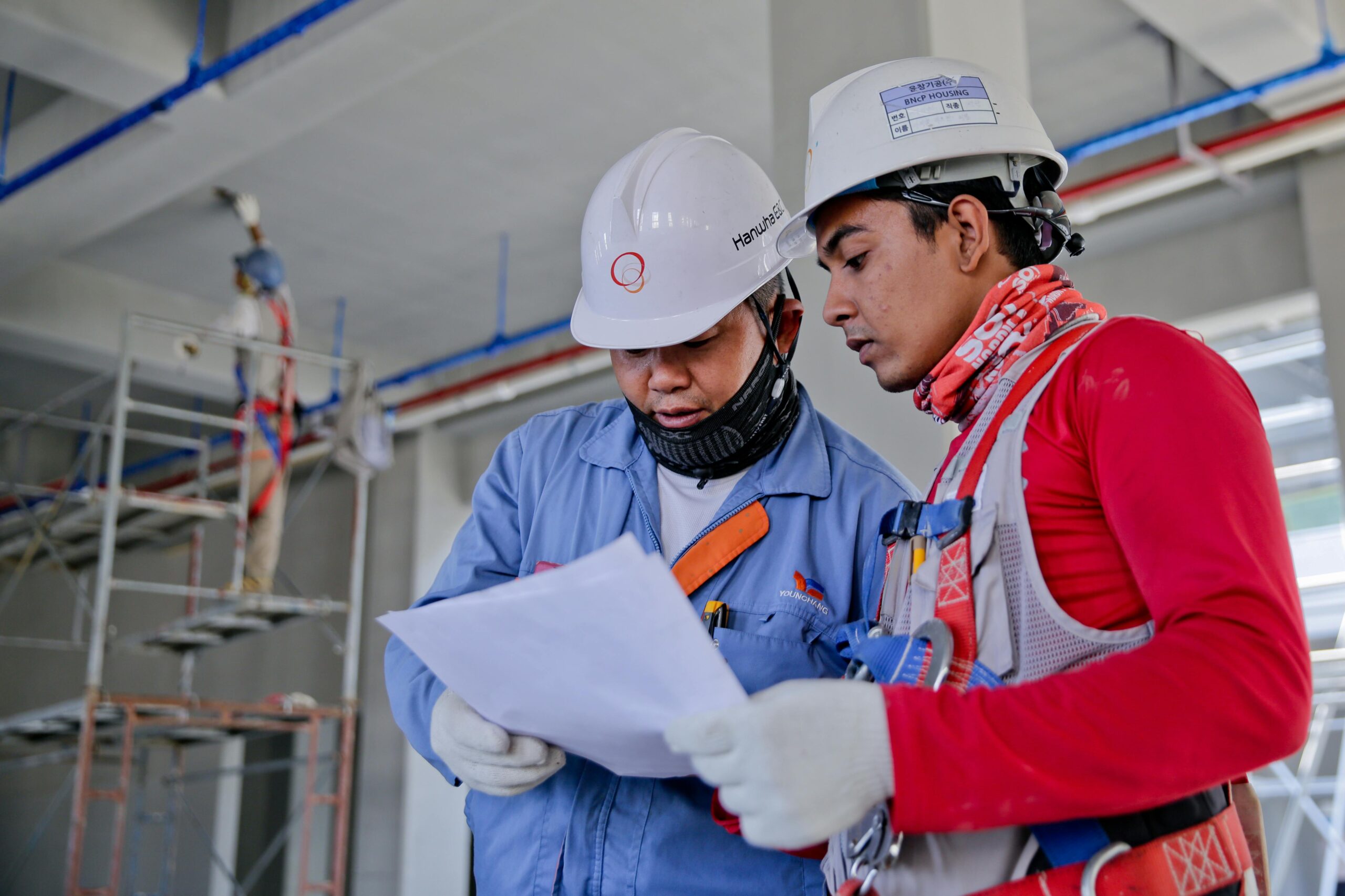Summer in the Southern Mediterranean can reach extreme temperatures. While most office workers shade under air conditions, for construction workers in Malta, the temperatures tell a different story.
The Malta Development Association (MDA) has openly recognised the severe risks posed by extreme heat, particularly for those labouring outdoors in direct sunlight. However, it rejected the idea that there is a temperature that should halt all outdoor work.
“The Malta Development Association recognises the serious challenges posed by extreme heat, particularly for workers in the construction industry who often operate in direct sunlight,” an MDA spokesperson tells BusinessNow.mt, when asked about outdoor working conditions on the islands.
Rather than imposing rigid restrictions, the MDA has collaborated with Malta’s Occupational Health and Safety Authority (OHSA) to implement Administrative Instrument No. 2 of 2025, a set of “science-backed measures designed to protect workers” without resorting to blanket work bans.
“This instrument sets out practical and science-based measures to safeguard workers’ health and safety during heatwaves, without resorting to a blanket time ban on work.”
The MDA stresses that a “blanket ban” on working above certain temperatures would cause harmful disruptions to the industry.
“While the wellbeing of workers remains paramount, a one-size-fits-all approach such as halting all work above a certain temperature risks creating disproportionate impacts on operational continuity, employment, and project timelines. Instead, the administrative instrument provides a more flexible framework that achieves the same safety outcomes,” the organisation says.
Some of the key measures include:
- The provision of hydration stations with a sufficient supply of drinking water;
- Regular hydration breaks in designated cool-down areas;
- Availability of shaded or sheltered areas on site;
- Adoption of work-rest cycles tailored to risk assessments and actual site conditions.
“This approach ensures that safety is not compromised, while also maintaining a realistic and sustainable workflow in the industry,” it adds.
A recent article on British newspaper The Mirror has sparked a debate about workers’ rights during soaring temperatures, as the UK sees the hottest day of the year approaching with 33 degrees Celsius today.
The UK is arguably less equipped for the heat than Malta, where virtually all offices and cars are equipped with air conditioning, a necessity in a country that reaches up to 43 degrees Celsius.
And while Malta’s laws don’t specify exact temperature limits, neglecting heat risks could breach the Occupational Health and Safety Authority (OHSA) guidelines, leading to fines or liability claims. A 2022 Italian court ruling set a European precedent by compensating a worker who suffered heatstroke, emphasising employer accountability.
In both the UK and Malta, there are no direct laws that dictate a maximum temperature limit that would allow employees to stop working, because every workplace is different. No meaningful upper limit can be imposed because in many indoor workplaces high temperatures are not seasonal but created by work activity, for example in bakeries or foundries.
Occupational health and safety regulations do however require employers to provide a safe working environment, and this includes thoughtful management of heat-related risks, especially during Malta’s warmest months from June until October.
Multiple studies highlight the dangers of excessive workplace heat:
- The International Labour Organisation (ILO) warns that temperatures above 35 degrees Celsius can lead to heat stress, reducing productivity by up to 50 per cent in physically demanding jobs (ILO, 2019).
- A Lancet Planetary Health (2021) study found that worker productivity declines by 2-4 per cent per degree Celsius above 27 degrees Celsius in non-cooled environments.
- The European Agency for Safety and Health at Work (EU-OSHA) reports that heat stress increases workplace accidents by 5 to 7 per cent due to impaired concentration and fatigue.
August often brings peak temperatures, and with them, the chance for businesses to show their commitment to their people. By fostering a culture of care, employers not only meet their legal obligations but also build trust, loyalty, and long-term productivity.
After all, a team that feels supported in challenging conditions is one that performs at its best. With a little foresight and adaptability, the summer heat can be turned into a season of wellbeing, resilience, and shared success.
MDA launches blistering attack on affordable housing scheme
Use of public land ‘to hand small number of developers double profits’, MDA warns
Gozo’s drive to achieve climate neutrality
The Maltese Government has declared its intention to make Gozo the first climate neutral region of the Maltese Islands
Malta gets another €48.7 million from NextGenerationEU
The funds will be used for a variety of public investments into mobility, education, health and justice






